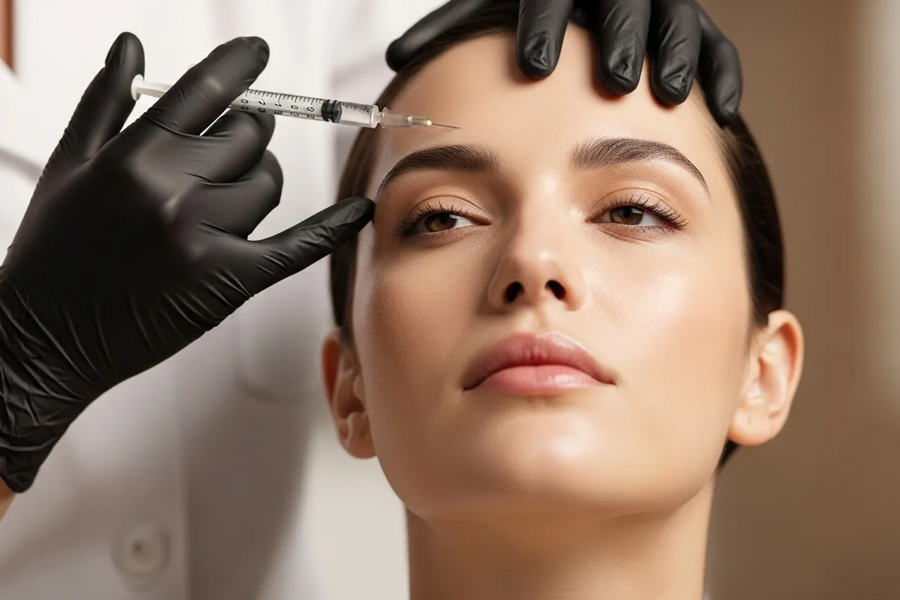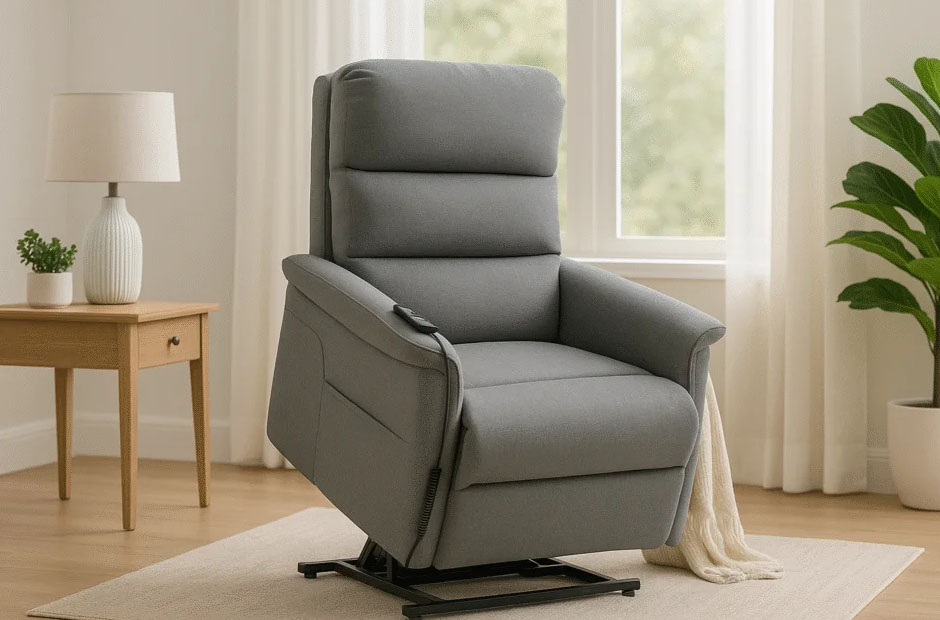Now Reading: Is Botox the Missing Step in Your Anti-Aging Routine?
-
01
Is Botox the Missing Step in Your Anti-Aging Routine?
Is Botox the Missing Step in Your Anti-Aging Routine?

Why your skincare routine can still feel incomplete
You sweat the small stuff: sunscreen every morning, a retinol at night, drinking water like it’s a ritual. You massage, you serum, you ritualize self-care until your bathroom looks like a boutique lab. And yet—those lines that appear when you smile, frown, or concentrate keep showing up in photos and mirrors alike. It’s the same frustration: products do wonders on the surface, but some signs of aging start deeper, where creams can’t reach. Those movement lines—forehead furrows, crow’s feet, the little brackets around the mouth—are born of muscle repetition and habit over years. They’re stubborn. They’re honest. And they don’t always respond to lotions and potions alone.
The everyday anti-aging routine: what’s working (and what isn’t)
Most people already have the bones of a great routine: SPF, hydration, targeted night creams, and sensible sleep. These habits protect and nourish skin, and they slow intrinsic aging beautifully. But think of creams like good lighting on a stage—flattering, crucial, but not the whole production. They smooth, hydrate, and protect, yet dynamic lines caused by facial movement require a different backstage mechanic. That’s where interventions that target muscles come into play—gentle, strategic, and often subtle. The goal isn’t to erase expression; it’s to soften the repeated choreography that deepens lines over time.
What Botox actually does (and doesn’t do)
Botox is a purified protein that tempers specific facial muscle movement, not a filler that plumps or reshapes. By reducing micro-contractions, the skin that rides over those muscles relaxes and gradually smooths; lines soften, and sometimes they don’t deepen further. It won’t reconstruct your face or add volume. It also won’t make you look “frozen” when used by someone who knows what they’re doing—overuse is what creates the caricature, not the treatment itself. In practice, most people describe the effect as looking more rested or refreshed—like they’ve caught up on a vacation’s worth of sleep.
The practical approach: what to expect and how it fits into life
Think of this as a low-commitment experiment. Treatments are relatively quick, often with minimal downtime, and effects appear gradually over days to weeks. Because the result is temporary, the step feels reversible: if you like it, you can repeat; if you don’t, it fades. Modern providers lean toward soft-touch techniques and conservative dosing, tailoring each plan to a person’s facial anatomy and lifestyle. Good practitioners treat the face like a map—targeted moves rather than broad strokes—so changes look like a natural version of you, not a replacement.
The confidence factor: why it’s not just about vanity
When your face feels fresher, your behavior often follows—small shifts like smiling more easily, wearing less heavy makeup, or feeling less hyper-aware in photos. That’s psychology, not narcissism. Feeling at ease with your reflection can lift energy, change posture, and even affect the decisions you make in social and professional situations. The result is subtle but cumulative: you don’t become someone else; you simply align the outside with how you already feel inside.
How to know if it’s right for you
You might consider it if you notice lines that persist when your face is at rest, if you want a non-surgical option with little downtime, or if you’re interested in a preventive step that complements your current regimen. The decision is personal and practical—no one recipe fits everyone. A brief consultation with a trusted, experienced provider can map your options, discuss expectations, and outline a plan that fits your rhythm and risk tolerance.
Choosing the right provider and mindset
Pick someone who prioritizes nuance over spectacle. A good consult will involve palpation, an explanation of facial muscle dynamics, and a discussion about realistic outcomes—not pressure. Ask to see natural before-and-after photos that show restrained, believable results. Expect a conversation about maintenance, aftercare, and minor risks; transparency is part of quality care. Above all, go in with a modest goal: to refresh, not erase.
Preventive versus corrective: where Botox fits on the timeline
Increasingly, people use muscle-targeting treatments early—think preventive rather than corrective—because relaxing repetitive movements can slow the deepening of lines over time. Others see it as a rescue or maintenance strategy when products alone stop closing the gap between how they feel and how they look. Either way, it’s one tool among many: well-applied, it complements good skincare, sun protection, healthy sleep, and nourishment.
Costs, maintenance, and realistic expectations
Treatment frequency varies depending on dose, area treated, and individual metabolism, but many people return every few months to maintain the effect. Costs reflect provider expertise, geographic market, and the specific areas targeted. It’s worth weighing cost against the value you place on convenience, appearance, and confidence—then discuss options with a provider who can tailor a plan to your budget and goals.
FAQ
Does Botox make you look frozen?
Not when administered conservatively by an experienced clinician; modern approaches focus on preserving natural movement while softening deep lines.
Is Botox safe?
When performed by licensed professionals in appropriate doses, Botox has a long safety record; discussing medical history and expectations with your provider is essential.
How long do results last?
Results typically appear over several days and commonly last about three to four months, though individual responses vary.
Does the treatment hurt?
Most people describe only brief discomfort—like a quick pinch—and many clinics offer numbing options or distraction techniques.
Will Botox change my face shape?
No—Botox relaxes specific muscles and does not add volume or structurally alter bone or fat pads, so it should not change your natural facial shape.
Can Botox prevent future wrinkles?
Yes, by reducing repetitive muscle contractions, Botox can slow the deepening of dynamic lines and act as a preventive tool when used strategically.





















